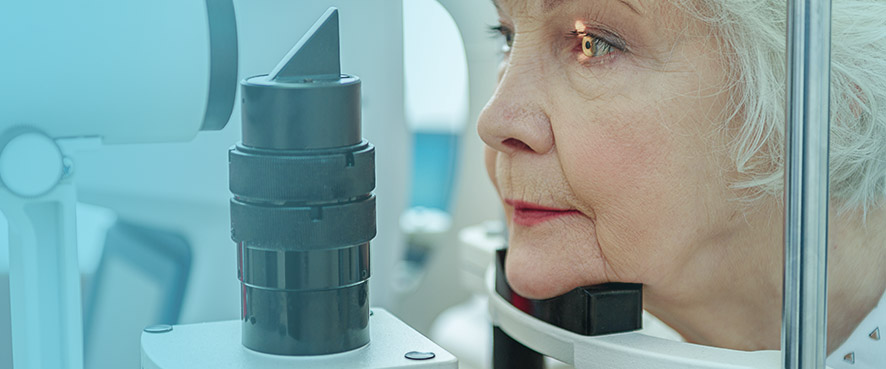Individuals experiencing vision problems often wonder what cataracts are after receiving a cataract diagnosis. In its broadest sense, cataract describes a dense and cloudy area in the lens of the eye. When proteins in our eyes form aggregates that hinder clear image transmission from the lens to the retina, cataracts occur. The retina converts light from the lens into a kind of signal and sends these signals through the “optic nerve” to the brain. Cataracts developing in the eye lens cause problems in the proper transmission of these signals right from the start. While cataracts develop slowly, if left untreated, they can obstruct vision. Cataracts can occur in both eyes.
Symptoms
Symptoms of cataracts are quite characteristic, including blurred vision, difficulty seeing at night, faded colors, increased sensitivity to glare, double vision in the affected eye, and frequent changes in prescription glasses. Seeking advice from eye doctors for individuals experiencing one or more of these symptoms is crucial for eye health.
Underlying Causes
The causes of cataracts may vary. Excessive production of oxidants in the body, smoking, ultraviolet radiation, long-term use of steroids and other medications, certain diseases such as diabetes, and traumatic events can cause cataracts. Knowing the underlying causes of cataracts can make prevention easier. Even wearing high-UV protective sunglasses can make a significant difference.
Treatment
When cataracts significantly impede daily activities such as reading or driving, cataract surgery is recommended as treatment. The question of how cataract surgery is performed is frequently asked by patients. Cataract surgery is typically performed in an operating room, often under local anesthesia. However, it can also be performed under sedation due to panic attacks and systemic diseases. Various approaches are available. A surgical method called “Phacoemulsification” involves breaking up the lens part of the eye and then removing the pieces. This method utilizes ultrasound waves. Another surgical method called “Extracapsular Surgery” involves removing the cloudy part of the lens with a long incision in the cornea. Immediately after surgery, an artificial intraocular lens is placed where the natural lens was. These lenses may be simple lenses that only show distance or smart lenses that show both near and far. Astigmatism can be corrected with special incision techniques and Toric Lens alternatives. Cataract Surgery is generally very safe and has a high success rate. Some risks of Cataract Surgery include infection, bleeding, and retinal detachment, but the incidence of all these complications is less than 1%. Most people can go home the same day as their surgery. Patients are often highly satisfied after Cataract Surgery and report an improved quality of life. It’s crucial that cataract surgery is performed by an experienced team specialized in the field.




